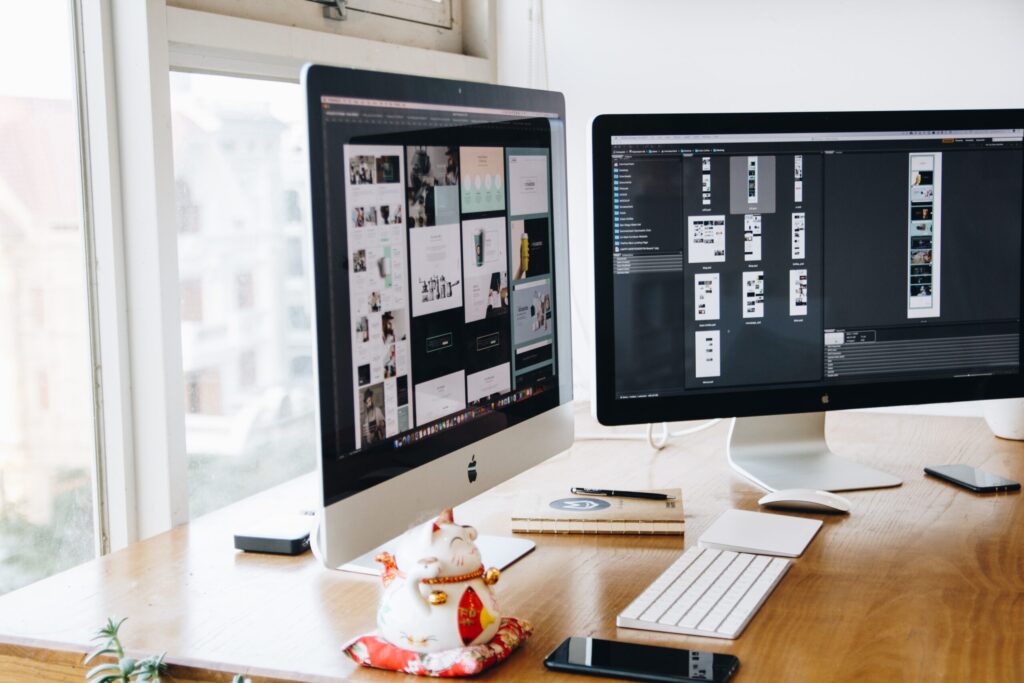Exploring the Synergy of Photoshop Tutorials and Tubidy

Embarking on a captivating creative journey requires the right tools and inspiration. In today’s visually-driven world, Photoshop tutorials and Tubidy offer a dynamic blend of learning, inspiration, and endless possibilities.
Join us as we delve into the realm of Photoshop tutorials and explore the wealth of visual inspiration found in Tubidy. Together, we’ll unlock your creative potential and discover new avenues for artistic expression.
Unleashing Creativity through Photoshop Tutorials
Photoshop tutorials have revolutionized the way artists, graphic designers, and photography enthusiasts approach their craft. With these tutorials, individuals of all skill levels can enhance their abilities and explore new techniques.
From basic retouching to advanced image manipulation and digital painting, Photoshop tutorials provide a comprehensive toolkit for unleashing creativity.
Through step-by-step guidance and practical examples, artists can refine their skills, experiment with various effects, and push the boundaries of their artistic vision.
Discovering Visual Inspiration with Tubidy
Tubidy, a renowned online platform known for its vast collection of music and video content, holds a hidden treasure trove of visual inspiration. While primarily celebrated for its entertainment value, Tubidy offers much more to the creative mind.
By immersing yourself in Tubidy’s extensive library of videos, you can uncover stunning visuals, remarkable cinematography, and artistic expressions that ignite your imagination. From music videos to short films, Tubidy becomes a wellspring of inspiration, propelling your creative endeavors beyond imagination.
ALSO READ: Enhancing Photoshop Performance with Windows VPS: Hardware and Software Optimization
Bringing Together Photoshop and Tubidy
When Photoshop tutorials meet the visual inspiration of Tubidy, a powerful synergy emerges. Artists armed with newfound knowledge from Photoshop tutorials can now channel their inspiration from Tubidy into their creative projects.
By experimenting with different genres, exploring unique styles, and immersing themselves in visual narratives, artists can infuse their creations with a touch of Tubidy’s artistic allure. The fusion of Photoshop tutorials and Tubidy becomes a catalyst for elevating artistic expressions and breathing life into visual masterpieces.
Sharing and Learning within Creative Communities
Both the Photoshop and Tubidy communities foster collaboration, creativity, and learning. Engaging with like-minded individuals through online forums, social media groups, and creative communities dedicated to Photoshop and Tubidy provides opportunities for sharing work, seeking feedback, and connecting with fellow creatives.
Within these vibrant communities, artists find support, inspiration, and avenues for showcasing their talent. The exchange of ideas and experiences nurtures artistic growth, enabling artists to evolve and refine their craft.
Conclusion
As you embark on your creative journey, remember the powerful duo of Photoshop tutorials and Tubidy. With Photoshop tutorials, you gain the skills and knowledge to bring your artistic visions to life. Simultaneously, Tubidy acts as a well of inspiration, fueling your creative spark and expanding your horizons.
The combined force of Photoshop tutorials and Tubidy empowers you to unlock your creative potential, pushing the boundaries of artistic expression. So, let your imagination soar as you embrace the synergy between Photoshop tutorials and Tubidy, paving the way for remarkable visual masterpieces.

